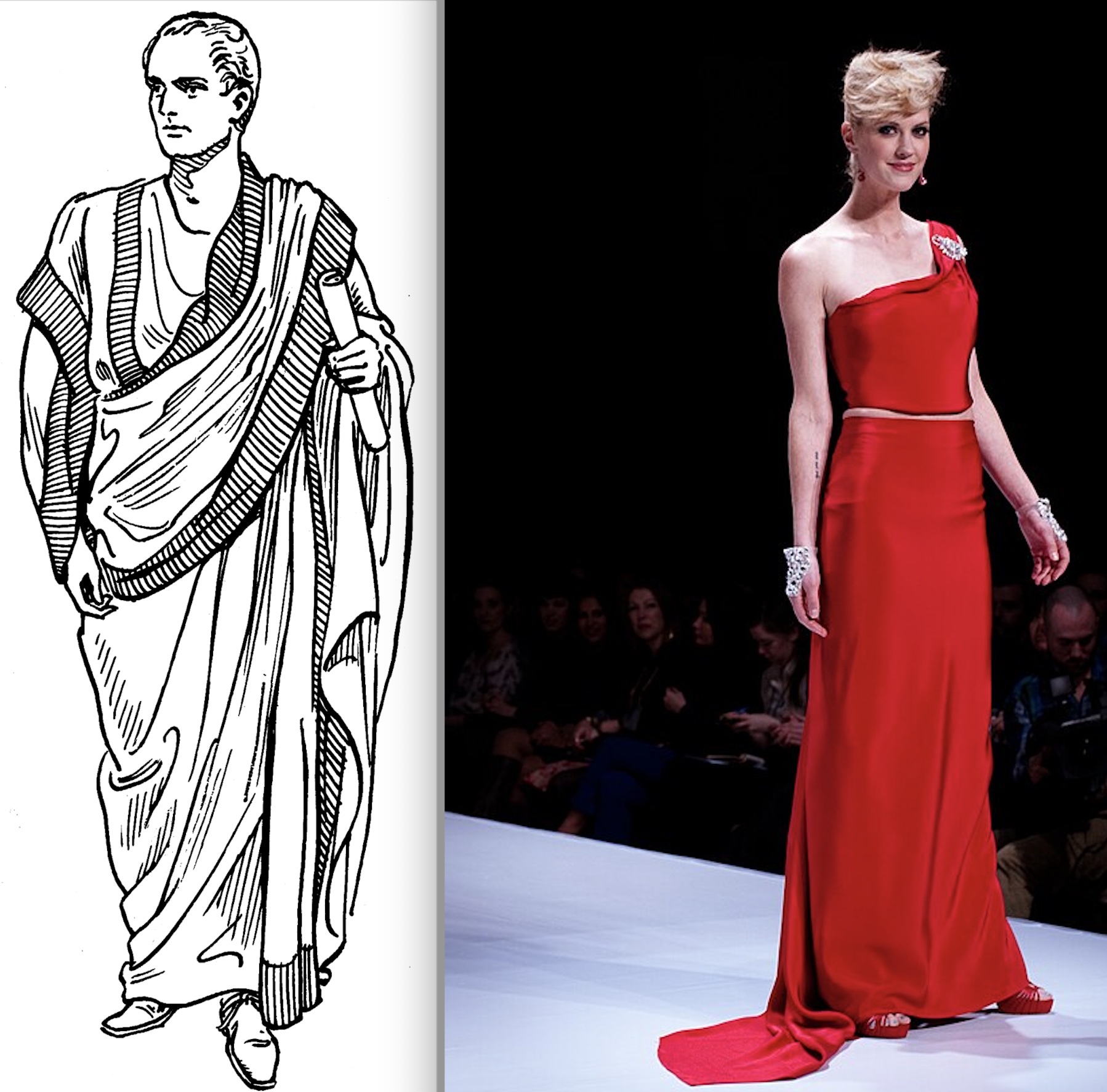World
Gender in a Changing World

Gender is often viewed as something stagnant, but like all experiences in our lives, it’s what we’ve encountered, what we’ve learned, and who we are that defines what gender means to us. For many, gender is viewed as simply inherent; why should it be questioned? For many others, getting a grasp on gender identity is unique to the individual.
In our increasingly polarized world, especially in this charged election year, to even say the word “gender” is to come under negative scrutiny for being “too radical,” “too woke,” or “too sensitive.” Speaking about topics such as gender and pronouns is not as normal as it could, or should, be. Sadly, the reflections we see in media of the breadth of gender in the modern world have taken a hit.
In recent years, yes, we’ve seen more LGBTQ+ representation in media than ever. But this is paired with a very recent — and steep — decrease. According to a GLAAD media report, more than a third of LGBTQ+ TV show characters in 2023-2024 will not be returning to the screen for their next season. While this is only one study, it showcases the symptoms of a larger problem: What does it mean to live in a world where LGBTQ+ representation in media is, quite literally, dying out?
I came out as trans in 2018, at the end of high school, but it was not until 2021 that I felt I had a true grasp on my own gender identity and I felt comfortable coming out as non-binary. I have spent years questioning everything I have ever been taught about gender — something I am still doing to this day in my work at Pacific Pride Foundation.
I realized that a lot of what I learned, I learned from the media: either TV shows and films, books, video essays, or other forms of media found on the internet. To be frank, I would not be where I am in my gender journey without my reliance on the internet. And I know I am not alone. For youth today, I can only imagine how it must feel for their source of entertainment and education to be dwindling before their very eyes. This decrease in LGBTQ+ representation is not so much the problem itself as it is the symptom of a broader shift from inclusivity and understanding to one rooted in fear and misunderstanding of gender and How It Works.
I believe that everyone is an expert in their own gender. While my understanding of gender is partially shaped by my background — having a Bachelor’s in Feminist Studies from UC Santa Barbara, working for two years for UCSB’s Resource Center for Sexual and Gender Diversity, and now my role at Pacific Pride Foundation — I believe the far more important aspect to take into account is my own lived experience as a trans and non-binary individual. It is also important to highlight that each person — cisgender or transgender, non-binary or binary — has a unique perspective on gender. I am speaking from my own experience, and the conversations I have had with trans and cis peers. This is certainly not the be-all, end-all on the topic.
So, how does gender work? For this vast topic, Pacific Pride Foundation is excited to announce its training, “Understanding Gender and Pronouns,” to be given on Monday, May 13, from 5-6 p.m. This training will be held virtually, and attendees can register here. This will be the first in a series of trainings offered by Pacific Pride Foundation, with topics ranging from “Gender and Pronouns” to “LGBTQ+ History.” Pacific Pride aims to raise awareness of the topics pertaining to the LGBTQ+ community, and invites everyone in the community to learn and understand how to be a strong and supportive ally.
As for the idea that gender is stagnant or unchanging, I want to push back on that a little bit. Gender is constantly changing. A brief glance across time and space will show that gender is far from rigid.
I often think that the way one dresses is a symbol of gender expression: By today’s aesthetic standards, men are not “supposed” to wear dresses. I have to ask, who decided this? Look to ancient Greece and Rome, often touted as the birthplace of Western civilization. Men wore togas, chitons, peplos, and other garments with a great resemblance to today’s dresses. This syle of clothing was seen as a sign of the elite.
It takes time to unlearn gender norms, and it takes time to relearn new systems. The best advice I have, I have already given: Recognize that everyone is an expert in their own gender. Listen to someone when they tell you which pronouns they use, and use those pronouns for them. If you need to practice, practice — because the best thing you can do for someone else is to respect their identity.
4•1•1 The “Understanding Gender and Pronouns” training takes place Monday, May 13, from 5-6 p.m. Offered by Pacific Pride Foundation, the class will be held virtually, and attendees can register here. For further reading, author Levin Fetzer suggests:
Gender Queer: A Memoir, by Maia Kobabe
Sister Outsider, by Audre Lorde
Beyond the Gender Binary, by Alok Vaid-Menon
Transgender History, by Susan Stryker
My Words to Victor Frankenstein Above the Village of Chamounix, by Susan Stryker
PFLAG National Glossary









